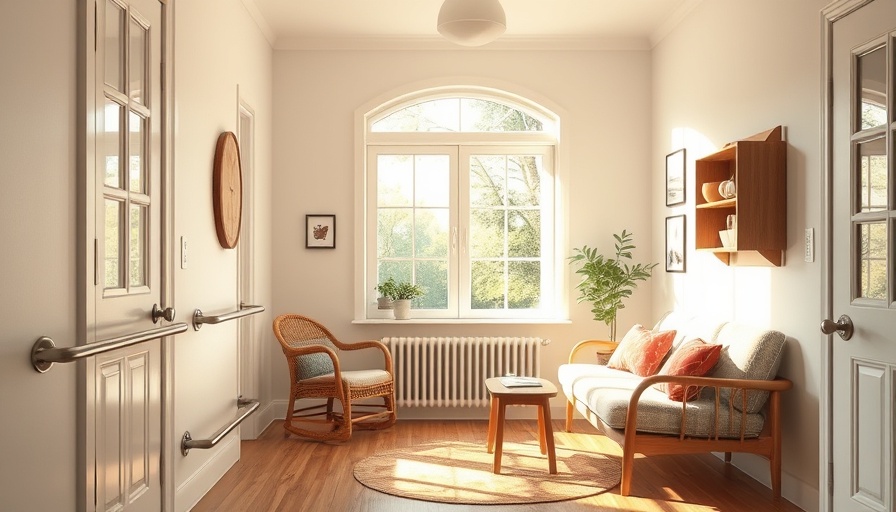
Understanding the Importance of Toilet Seat Height
Many individuals may overlook the significance of toilet seat height, but it is crucial for ensuring comfort and safety. For seniors and those with mobility challenges, a standard toilet can present challenges that affect daily life. A properly adjusted toilet seat height leads to a more pleasant bathroom experience, facilitating easier access without straining joints. Recommendations suggest that a toilet seat should ideally be 17 to 19 inches from the ground, allowing for safe transitions between sitting and standing.
Tools You Will Need for the Job
Before stepping into the DIY world of toilet seat elevation, collecting the right tools is essential. You’ll need a tape measure to determine exact heights, a level to ensure your modifications are straight, and an adjustable wrench for disassembling existing fixtures. Don't underestimate the importance of high-quality materials, as they will ensure the durability and safety of your installation.
Local hardware stores often stock a variety of elevated toilet seats and risers. Engage in discussions with employees regarding which options best fit your needs and existing toilet design. This knowledge can save you time and boost your confidence in making modifications.
DIY Methods for Elevation
If you enjoy hands-on experiences, several DIY methods exist that allow you to elevate your toilet seat without professional help:
Using Raised Toilet Seat Attachments
A raised toilet seat attachment is one of the easiest solutions for increasing toilet height. These are versatile fittings that adjust to most standard toilets by simply fitting over your existing seat. Installation involves lifting the current seat using the adjustable wrench and securely placing the attachment on the toilet bowl. As a temporary solution, it is easy to remove when no longer needed.
Toilet Seat Risers
Another practical solution is the installation of a toilet seat riser. Designed specifically to elevate the toilet seat by several inches, these risers aim to improve safety and comfort. It's advisable to select risers that include non-slip bases to prevent accidents. The installation process mirrors that of the raised attachments, making it user-friendly for the average homeowner.
Innovative Custom Solutions
If standard solutions do not accommodate your needs, consider creating custom solutions. For example, some individuals choose to modify their existing toilet structures, either by repositioning or adjusting the toilet itself—provided they have some plumbing experience and confidence. With creativity and the right resources, options are virtually limitless.
The Emotional Impact of Accessibility Upgrades
One of the most profound benefits of elevating your toilet seat is not just physical; it’s the positive emotional impact. Having a bathroom that accommodates your needs can significantly enhance your confidence and independence. Many seniors have expressed how modifications lead to improved mental well-being, as they regain control over personal spaces once considered challenging. You can take a step towards an empowered life through simple yet impactful changes.
Planning for Future Accessibility Needs
As we age or if mobility issues arise, it becomes ever important to re-evaluate home environments. Planning for future accessibility is prudent for everyone, even those who might currently feel fine. Consider adding additional modifications such as grab bars or wider doorways, all of which build a supportive environment.
Final Thoughts and Encouragement
DIY home modifications, particularly when focusing on accessibility upgrades, can feel daunting. Yet, with resources at your fingertips, you can create a space that is welcoming and safe for all. Remember that the ultimate goal of any modification is to foster an environment that celebrates both independence and comfort.
For those looking to implement these ideas, start by surveying your space and needs. Each decision, regardless of its scope, will contribute to a livable and enjoyable home. Embrace the journey of creating a home that reflects your values and accommodates everyone who walks through your door!
 Add Row
Add Row  Add
Add 




Write A Comment